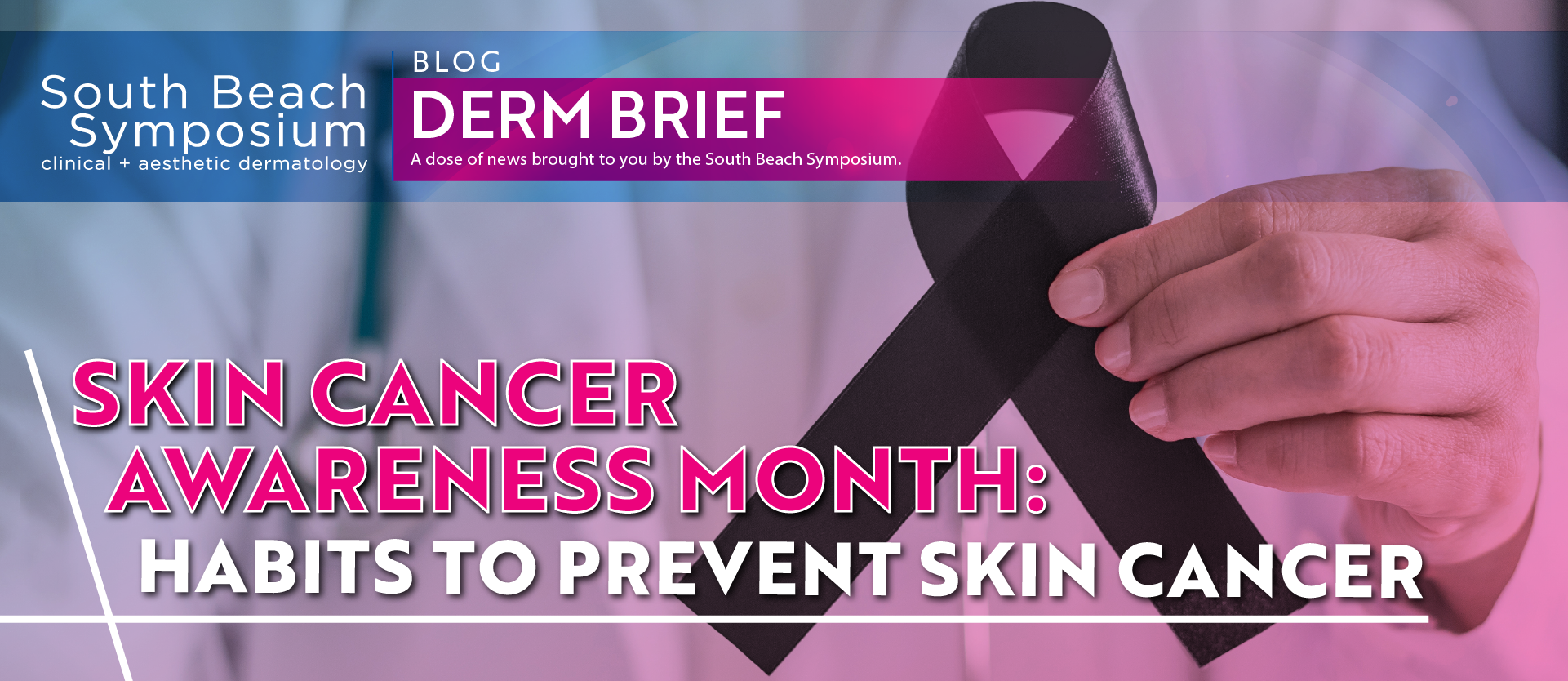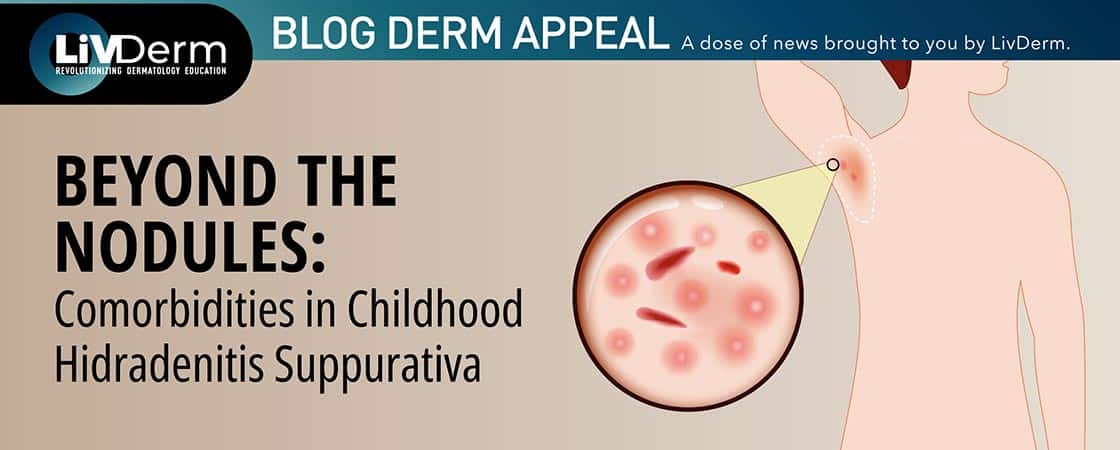Along with higher temperatures and increased amounts of sun, May marks the beginning of Skin Cancer Awareness Month. With over 5 million diagnosed cases in the U.S. annually, skin cancer is reported as the most common cancer affecting Americans, and it is on the rise. According to Mayo Clinic researchers, the number of cases of basal cell carcinoma (BCC) and squamous cell carcinoma (SCC) skin cancers has increased by 263% and 145% respectively in recent years. Basal cell carcinoma cancers are the most common type of cancer, accounting for roughly 80% of all skin cancer cases. Nonmelanoma cancers are rarely life-threatening and easy to treat however, melanoma – a less common but much more severe form – is also increasing in prevalence.
The good news: skin cancer is one of the most preventable types of cancer and its incidence can be reduced with raised awareness and sun-safe habits. In both nonmelanoma and melanoma cancers, the majority is associated with sun and ultraviolet radiation exposure – both causes that can be easily mitigated. Protection from harmful UV rays is essential for skin cancer prevention and can be achieved with the following practices:
Apply Sunscreen Daily
Daily sunscreen application is the first essential step of a complete sun protection regimen.
A generous application of a broad-spectrum, water-resistant sunscreen with an SPF of 30 or higher protects the skin from harmful sun rays. UV radiation can even filter through cloud coverage so make sure to reapply sunscreen every two hours when outdoors, and cover all exposed skin. Although, sunscreen alone is not enough to protect the skin from sun damage and other safety measures should be incorporated to ensure sufficient protection.
Avoid Sunbathing
Exposure to ultraviolet rays is harmful to skin cell DNA, damaging cells and leading to signs of aging and skin cancer. Seek shade as much as possible and avoid sunbathing for the best protection. Avoid the sun between the hours of 10 a.m. and 4 p.m. when ultraviolet radiation is at its peak and most harmful to the skin. Cover exposed facial skin with a wide-brimmed hat to further block UVA and UVB rays.
Don’t Use Tanning Beds
Refrain from using indoor tanning beds entirely, as the radiation levels are sometimes even stronger than those from the sun and can cause skin cell mutations.
Wear Protective Clothing
Covering exposed skin and wearing protective clothing is an essential part of a sun protection regimen as it significantly reduces skin cell damage associated with UV radiation exposure. Protective clothing is becoming increasingly available, with many long-sleeved garments now offering an ultraviolet protection factor (UPF) of 50 to further protect the skin.
Reduce your chances of ocular melanoma by wearing sunglasses with 99% to 100% UVA and UVB absorption, as well as to protect the skin around the eyes from cancer development.
Self-examine Regularly
Alongside the preventive measures outlined above, performing regular skin self-exams can help detect skin cancer at its early stages: when it is easiest to treat. Look for any skin changes that are different, changing, or growing and make sure to check all areas of the skin monthly.
Follow the ABCDEs developed by the American Academy of Dermatology while examining your skin to determine if any moles are symptomatic of melanoma. If you notice any of the symptoms below, make an appointment with a board-certified dermatologist.
Asymmetry – One half of the mole is unlike the other half.
Borders – There is an irregular or poorly defined border.
Color – Check for varying colors, such as shades of tan, brown, black or sometimes white, red, or blue.
Diameter – Melanomas are usually larger than 6mm when diagnosed.
Evolving – The mole is different from others or changes in size, shape or color.
Schedule an Annual Checkup
Schedule an annual dermatologist visit for a professional skin exam to keep track of skin changes, examine less accessible areas, and ensure no growths are cancerous.
With a rising number of over 5 million new cases of skin cancer each year, it is becoming increasingly important to maintain an all-encompassing sun protection regimen to limit the detrimental effects of sun and UV ray exposure. Incorporating the aforementioned preventative measures into your daily life can help combat the skin cancer epidemic, while also ensuring early detection – which ultimately greatly increases the efficacy of later treatment.

















